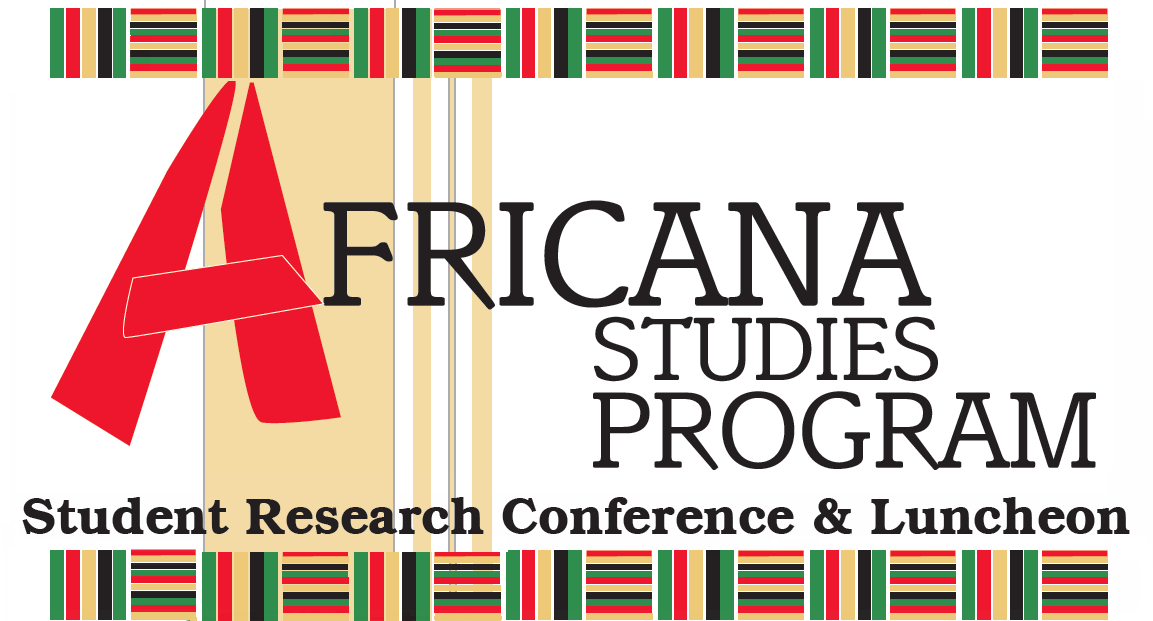Degree Program
Graduate
Major
History
Abstract
Illegal animal product trade such as the trade of ivory and rhinoceros horn has become a problem that influences the entire world. Throughout history, from pre-colonial times to modern day, illicit trade in ivory and rhino horn have drastically affected Africa’s development, eco-system, and society. The decline in the rhinoceros and elephant populations on the African continent drastically effect vegetation, which directly correlates with agriculture and the health of people and animals. The history of the illegal ivory and rhino horn trade is complicated, and provides an essential context in order to understand the modern day situation. Scholarly works and current journalism works on poaching depict that illegal poaching and wildlife trade is a complicated web, and cannot be easily stopped. This paper examines illegal poaching conducted within the African continent by using secondary scholarly sources to provide a historical context of poaching and modern day media sources to examine the current day implications of poaching and predications for the future. Examining the history of poaching and how it has impacted the modern day will foster an understanding of how poaching impacts not only the African continent, but the world as well. Unfortunately, without the support of the local communities as well as the international communities, it is unlikely that illegal poaching will come to a halt in the near future.
Keywords: crime, world issues, environment, Africa, animals, poaching, illegal trade
Start Date
13-2-2015 1:30 PM
End Date
13-2-2015 3:00 PM
Included in
Blood Ivory: The Story of Illegal Poaching and its Global Influence
Illegal animal product trade such as the trade of ivory and rhinoceros horn has become a problem that influences the entire world. Throughout history, from pre-colonial times to modern day, illicit trade in ivory and rhino horn have drastically affected Africa’s development, eco-system, and society. The decline in the rhinoceros and elephant populations on the African continent drastically effect vegetation, which directly correlates with agriculture and the health of people and animals. The history of the illegal ivory and rhino horn trade is complicated, and provides an essential context in order to understand the modern day situation. Scholarly works and current journalism works on poaching depict that illegal poaching and wildlife trade is a complicated web, and cannot be easily stopped. This paper examines illegal poaching conducted within the African continent by using secondary scholarly sources to provide a historical context of poaching and modern day media sources to examine the current day implications of poaching and predications for the future. Examining the history of poaching and how it has impacted the modern day will foster an understanding of how poaching impacts not only the African continent, but the world as well. Unfortunately, without the support of the local communities as well as the international communities, it is unlikely that illegal poaching will come to a halt in the near future.
Keywords: crime, world issues, environment, Africa, animals, poaching, illegal trade


